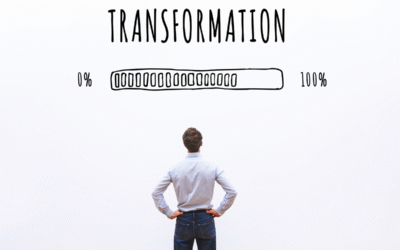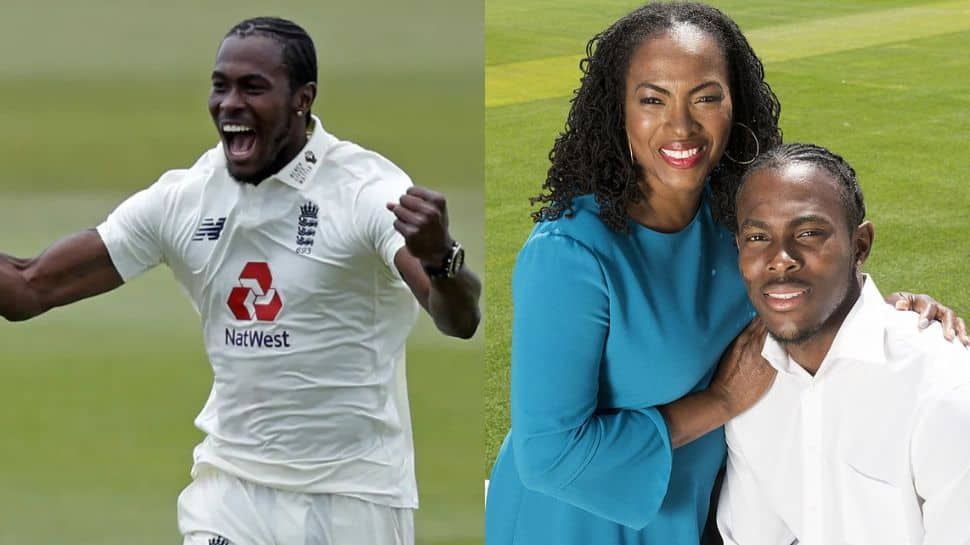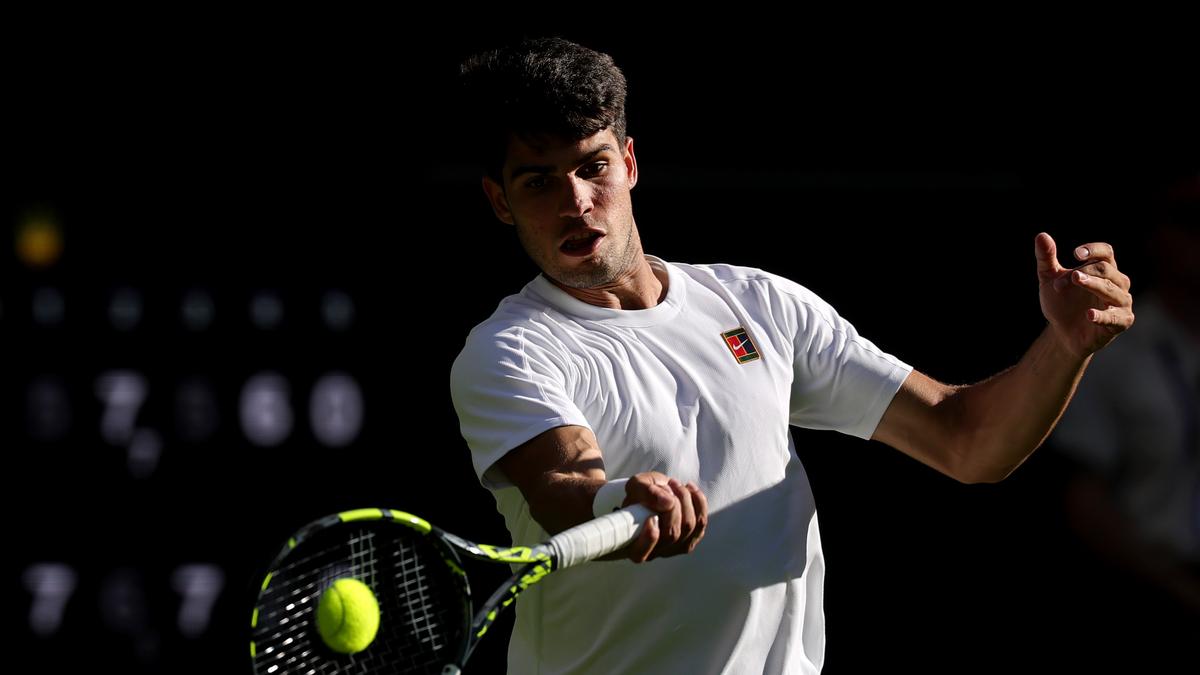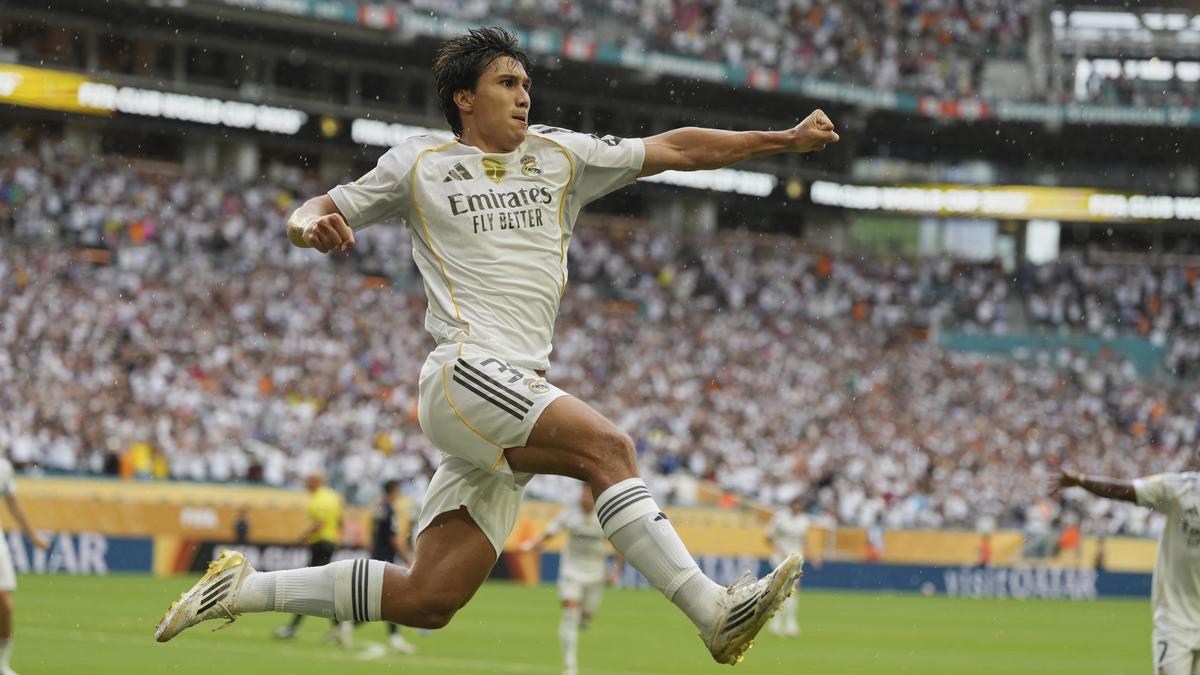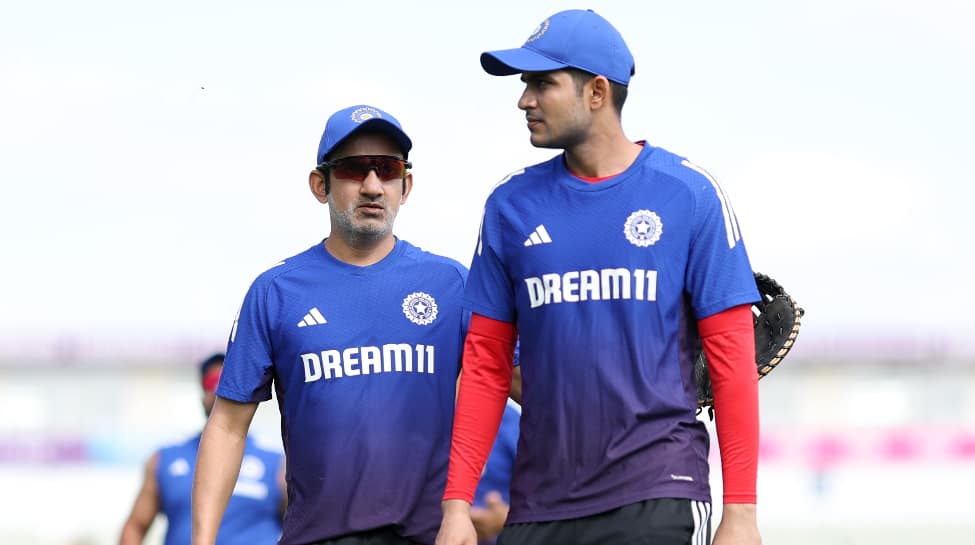National Sports Policy 2025: What are the salient features of Khelo Bharat Niti?
The Union Cabinet on Tuesday approved the National Sports Policy 2025 (Khelo Bharat Niti 2025), a landmark initiative aimed at reshaping India’s sporting landscape and empowering citizens through sport.
The announcement was made by Union Minister Ashwini Vaishnaw during a press conference in New Delhi.
Superseding the National Sports Policy 2001, the new policy outlines a visionary and strategic roadmap to position India as a global sporting powerhouse. It also strengthens India’s bid to excel at international sporting events, including its ambition to host the 2036 Olympic Games.
Excellence on the Global Stage
One of the key features of the Khelo Bharat Niti 2025 is to strengthen the sporting culture from the block level to the national level. The aim is to integrate sports deeply into the fabric of Indian society, ensuring access and opportunities for all, starting from the grassroots levels. How to achieve this? The policy lays down the following points:
- Physical literacy
- Outreach and awareness
- Major sporting event
- Strong sports promotion instututions
- Athlete-centric sports development
- Sports personnel
- Safety, ethics and professionalism
- Sports science, medicine and technology, research and innovation
- Rewards and recognition for champion athletes
- Educational institutes in sports development
- Strengthening funding mechanism for sports development
- Talent search and development
- Sports insfrastructure
- Districts and states
- Excellence in para sports
Sports for Economic Development
Sport plays a vital role in economic development, and initiatives involving economic development through sports involve factors like tourism, entrepreneurship and manufacturing. The following are some of the strategies the policy lays down that can enhance the impact of sports in economic development.
- Sports tourism through major sporting events
- Strong sports equipment manufacturing ecosystem
- Strong sport startups and an entrepreneurship environment
- Operational and financial sustainability of hard and soft sports assets
- Recognition of innovation
- Global sports destination
- Sports business advisory groups
Sports for Social Development
Sport can be one of the biggest unifying factors, and the Khelo Bharat Niti suggests using this to promote global peace and mutual understanding. It emphasises equal opportunities for all individuals regardless of background so that they can excel.
“This inclusive approach, combined with efforts to promote sports careers and educational pathways, paves the way for the prosperity of youth, empowering them to achieve their full potential and contribute to the positivity of society,” the policy states. The following are the key points covered under sports for social development:
- Reduced barriers for participation of underrepresented population group
- Promotion of indigenous sports and games
- Underrepresented population talent development initiatives
- Peace and international cooperation activities through sports
- Promotion of sports and allied services as a mainstream career
- Sports volunteering programs
Sports as a People’s Movement
This feature talks about turning sports into a powerful people’s movement by addressing important aspects of physical and mental well-being while also serving as a major leisure and entertainment activity. Sports can improve overall fitness, reduce healthcare costs and promote a healthier lifestyle. Sport can also be helpful for mental health as it can reduce stress, anxiety and depression. The following are the key points by which this can be achieved
- A fitness ranking and indexing system will be implemented to incentivise educational institutions and workplaces to excel in their sports and physical education programs. Personnel training and certification would be established, as it is a crucial factor to deliver effective physical education.
- National Sports Federations shall be actively engaged with educational institutions that will promote discipline. Standard Operatoing Procedures (SOPs) would be created for fitness programs for schools, colleges and workplaces.
- Physical education frameworks will have to be revamped and be in collaboration with the Ministry of Education, which would enhance the quality of physical education.
- Access to sporting facilities will be improved through guidelines and frameworks that will lead to more public participation and support the establishment of social sport hubs at the block and district levels.
Integration with Education (aligned with NEP 2020)
The policy talks about aligning the Khelo Bharat Niti with the National Education Policy where several key focus areas will be addressed. The main aim is the seamless integration of sports in the overall curriculum which will promote a balanced growth of students.
- A framework for the active engagement of sports groups and circles in educational institutions will be formulated to enhance the presence and impact of sports in schools.
- A sports and physical education skill development program for teachers will be framed and facilitated for the effective delivery of sports education.
- Coordinating with various stakeholders for effective resource delivery. This includes ensuring adequate manpower, securing necessary resources such as playground and implementing school-level programs on a regular basis.
What are the four strategic frameworks laid down to advance the sporting ecoystem in India?
- Strong professional sports governance, implementation and monitoring
- Technological intervention
- National framework and regulatory bodies
- Private sector engagement



